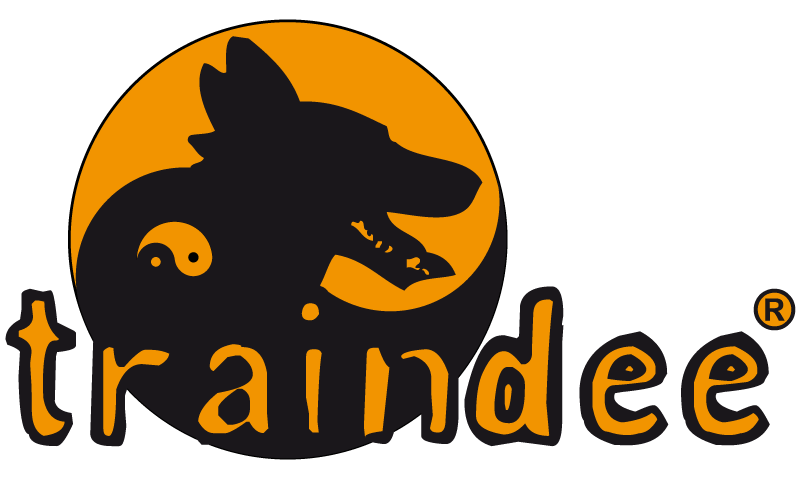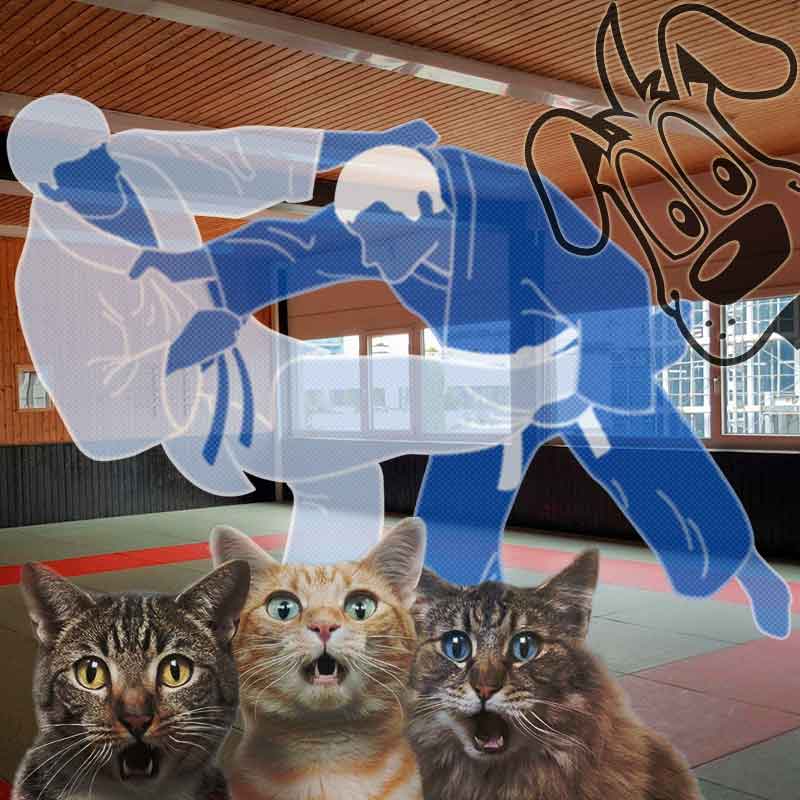The so-called alpha roll with the dog – what is that actually and do I assert myself thereby as a “boss”?
Again and again I was asked what I think of the so-called alpha roll. I must confess, more than look puzzled and admit that I have no idea what that should be, I could not.
I was then told that it is more or less about pushing the dog to the ground or something like that. So it’s not technically sophisticated throws like from judo as you might imagine.
Now I could finally take the time to get to the bottom of this term. Obviously it is about turning the dog in certain situations on the side or on the back (and to fix him in this position) to show him who is the “boss” and who has the “say”. Often the term dominance is brought in here, but I don’t want to link it here. You can read the reason in the article Dominance in dog training.
Quite banally reduced, it is probably generally seen as a means to stop undesirable behavior. And here I become again careful and begin to differentiate.
I claim that in 99% of the cases it will be simply a nonsense to want to get rid of an undesirable behavior of the dog in this way, especially if it is about actually “harmless” situations, which is then not even directed against the dog owner (or the one who performs this “throw”). This has NOTHING to do with TRAINING and EDUCATION!
The idea of the alpha roll probably comes from the observation of how dogs or rather wolves behave among themselves and there we find of course such “throws” or “fixing techniques”. Well, this has just with wild living dogs or even better as an example with wolves quite clearly his reasons, also throughout different ones. Here I would like to note that also children (at least in former times above all the boys) in the social play with one another “scuffle” and a “positioning” “test” and/or also “fight for”.
But you are not in competition with your dog!
And now I come to the point, where you would actually “dare” to use this alpha throw? When you are sure of what you are doing? When YOU have CONFIDENCE in YOUR DOG that he will not harm you? If you are physically superior to your dog? Do you do this even with a strong breed of dog? With a dog that has already bitten a human being? Who would definitely be physically superior to you (and here please think again what kind of trust you actually have in your dog and whether this trust justifies such actions).
PLEASE think very carefully and then question such a “technique” and whether this still seems reasonable and appropriate for you in any form…
But also exactly here I come to the point where I differentiate again. To dogs that may show “real” problematic behavior, aggressive dogs, dogs that may have already bitten and to people who have experience with such dogs. I do not want to exclude generally (although I would probably do it in 99% of the cases) that certain techniques could possibly lead to success. However, I am talking about people from the field who have already tried all alternatives in a specific case. People who know exactly what they are doing and do not act out of a false “superhero” position. And I am mostly talking about dogs that have already been made a problem by humans in their past. We are definitely not talking about the everyday cases here!
But I don’t know, especially how sustainable a positive change can be then. I don’t really want to have to try it. I certainly do know, however, that while there have been fantastic resocialization trainings that were based only on positive reinforcement without physical interaction, these also did not result in sustained reliable behavior change. No one will ever want to put their hand in the fire for that. Just to make it clear right away: With “physical interaction” absolutely nothing is meant in the direction of “brute force”, I think that should be clear!
Have I myself used the alpha throw (unconsciously, since I didn’t know the term) before?
Yes, actually I have, as I write this it came to mind.
As a result of some “aggression”, aggression as a form of fear, fear for my newly operated female dog. Because my male dog had not left her alone – my veterinarian had still warned me that after such an operation or anesthesia, the other dog living in the household might react strangely to the operated dog, might not recognize him properly.
Maybe he was just happy that she was back and didn’t understand that she can’t romp around like they were used to. I was very worried that the stitches would open, my male dog was out of his mind and didn’t react anymore. Yes, there I had pushed him to the ground, out of overwhelm, because I did not know how to help myself otherwise. I could not get him away from her in any other way. I was angry, really angry, my male dog felt constricted and then showed active resistance. At that time I did not know the exact terms, but my understanding quickly showed me exactly what we teach and teach today – he saw no other way out than to actively defend himself with his means.
The situation ended well, of course, because I quickly understood myself and what was going on. I even remember that I had apologized and while I was cuddling him told him my worries. He had already understood. We were a family.
Did it make sense to do this action? Quite clearly no! It led to a conflict. It would have been better to just lock him away in a room and take care of the bitch first and then take care of him in peace.
Does this litter therefore have a place as a “common” method of education? Also a clear no! My example should show this, just because it was not a planned training action but an action out of excessive demand.
Why I tell this is again the point that is so important to me, that above all we must also respond to our customers as people, how YOU are doing as a HUMAN with their dog. We should be able to recognize excessive demands and then be careful with instructions. We should also be understanding and responsive to the human being. This is a very important aspect to be able to help a human-dog team sustainably and well targeted.






